Newborn humans take years to become adults - but for butterflies, the miraculous process takes just a few weeks.
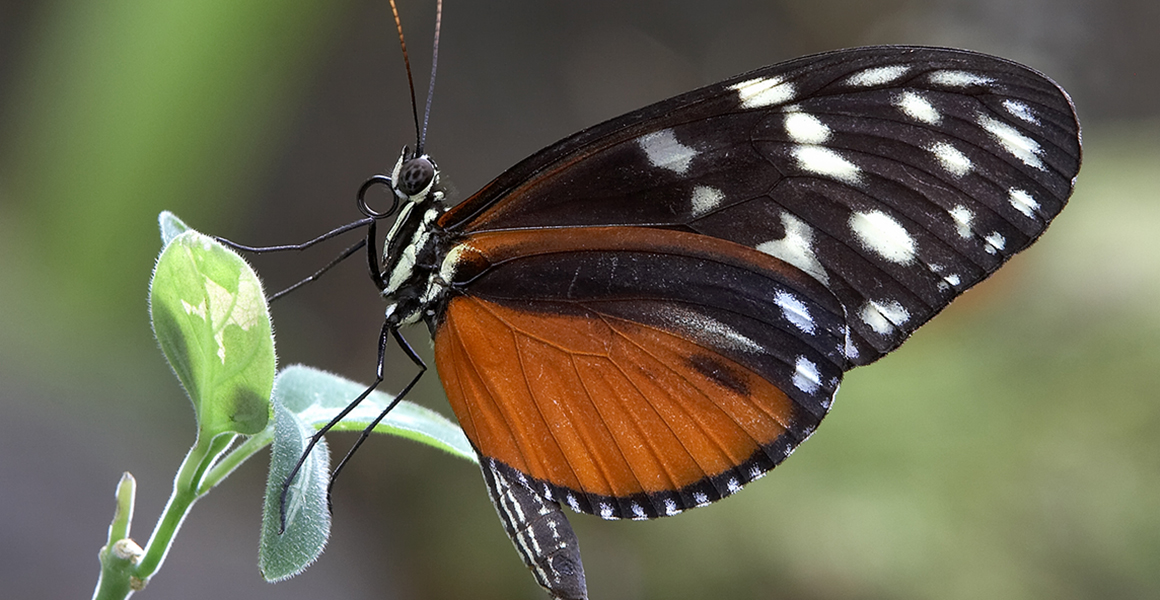
Tiger longwings are part of a butterfly group proving vital in the study of genetics © Michael Brace, licensed under CC BY-NC-ND 2.0
Growing up doesn't take long when you're a butterfly. Going from egg to caterpillar to mature adult can be the work of a month, over in the blink of an eye.
The life of a butterfly is a brief but beautiful one. And the whole process can be seen in the Museum's Sensational Butterflies tropical house.
This year, the grandchildren of the first tiger longwings to arrive are about to unfurl their wings and take flight. It has been roughly three months since the first butterflies arrived in the house.
Vivid orange and black, tiger longwings are masterful copycats, using their bright colours to survive.
Why the distinctive wings?
Butterflies display a remarkable diversity of wing patterns, caused by evolution, interbreeding and the mixing of genes.
Tiger longwings (Heliconius hecale), can be found in Central America and further south in the Amazon. They are part of the most important tropical butterfly group for the study of diversity and genetics.
There are around 40 species in the Heliconius group, and they all have long wings with a variety of simple, striking patterns, often with a black background.
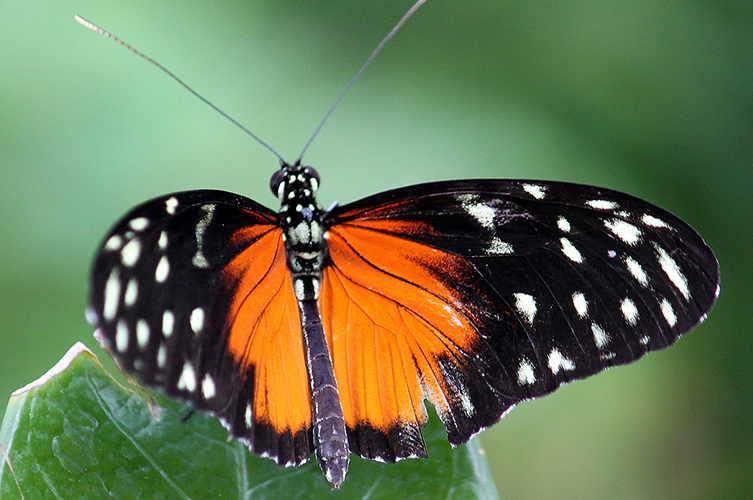
Longwings copy the patterns of more poisonous butterflies © That_Bee, licensed under CC BY-NC-ND 2.0
Each wing pattern has been tweaked by evolution to help the creature survive. Many of the longwings copy the patterns of related butterflies.
All the species thrive in the same range of environments and geographical areas. And the tiger longwings protect themselves from predators by mimicking the patterns of other, poisonous species very closely.
This mimicry changes depending on geographical area, but the tiger longwings are known to copy the ithomiine butterfly (Tithorea tarricina). Another black and orange species, it carries alkaloids in its body that make it distasteful to predators.
Birds end up avoiding both species because they are unable to spot the differences between them.
New generations
Tiger longwing pupae were shipped to London in March, ready to feature in the Museum's summer exhibition.
Since then, the species has been thriving, with the third generation of butterflies on the brink of emerging.
Kerry Calloway, who helps manage the Sensational Butterflies house, says, 'We bought them as pupae before the exhibition opened. The first butterflies emerged and then laid their own eggs.
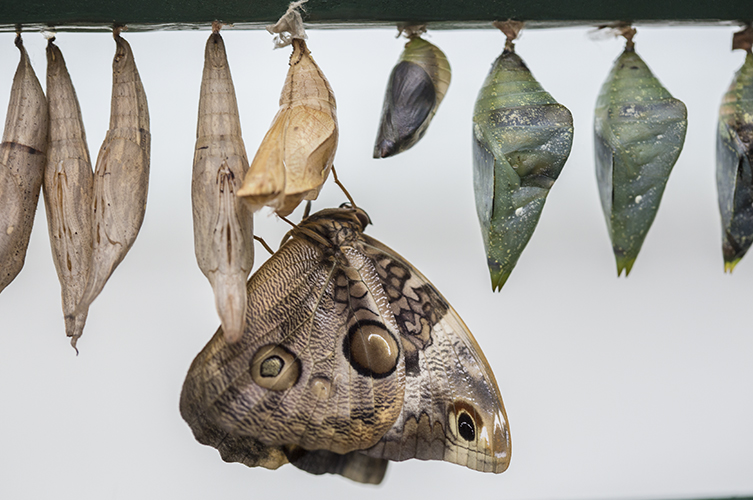
All the species are cared for while they pupate by the Museum's Sensational Butterflies volunteers
'Those eggs became caterpillars, then adults, and now we are onto the third cycle. So we have the grandchildren of the originals, which is very exciting.
'It's really lovely to see.'
Ancient names
Heliconius means dwellers of Mount Helicon, a mountain celebrated in Greek mythology.
Ancient Greeks believed the mountain was a sacred site, and the home of nine goddesses called the Muses. These divine spirits inspired poetry, song and literature.
The Polish naturalist Jan Kluk looked to Mount Helicon in 1780 for inspiration when naming this group of butterflies.
Included in Kluk’s group are two species whose colours change almost wherever you go, Heliconius erato and Heliconius melpomene.
Erato was the Greek Muse of love poetry, and Melpomene inspired poets to write tragedy.
These two species have retained their ancient names despite more modern changes to the way scientists group and name living creatures.
Kerry adds, 'Tiger longwings are a pretty species with distinctive wings. It's great to say that each one now flying in the house was bred here in London.
'If we're lucky there might just be time for another two generations to breed here before all the butterflies in the house are rehomed in September.'
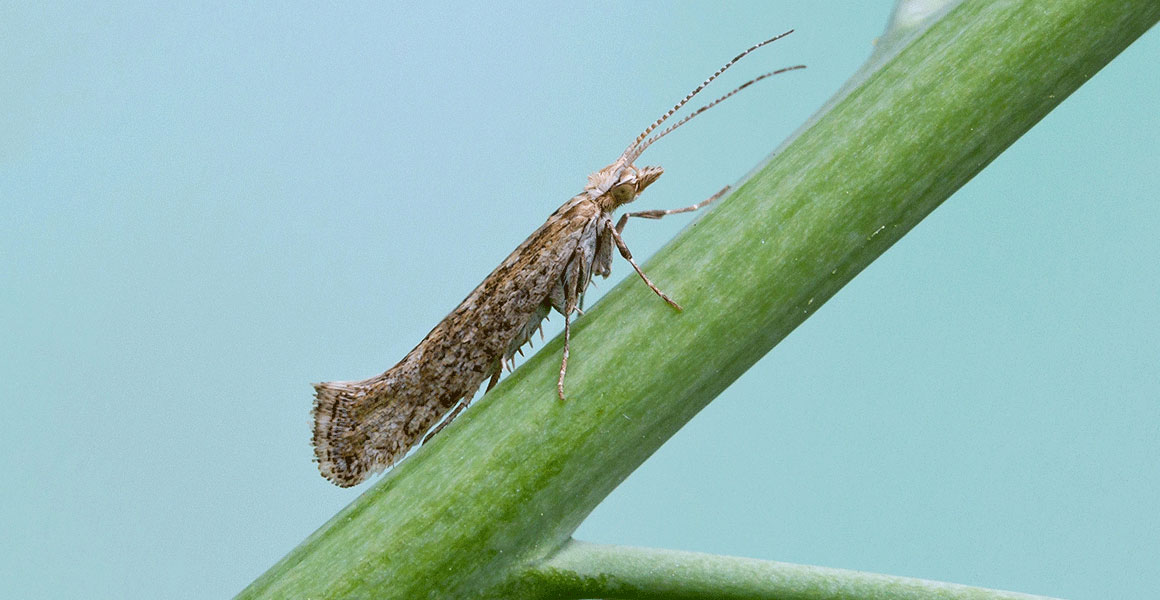
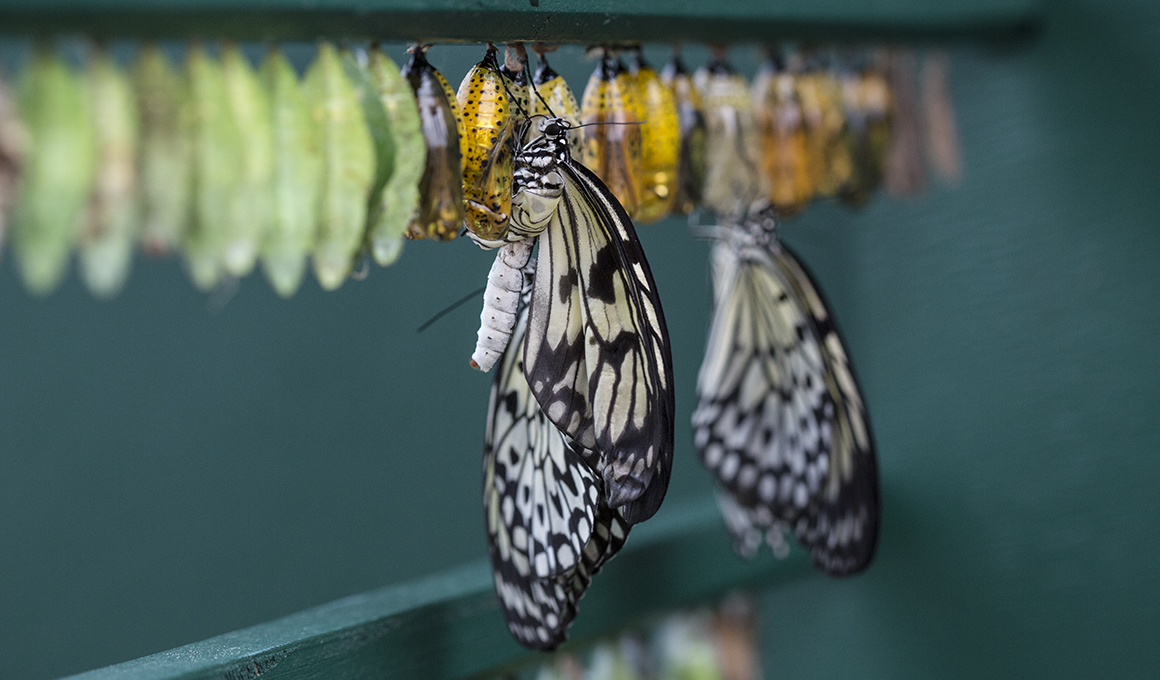
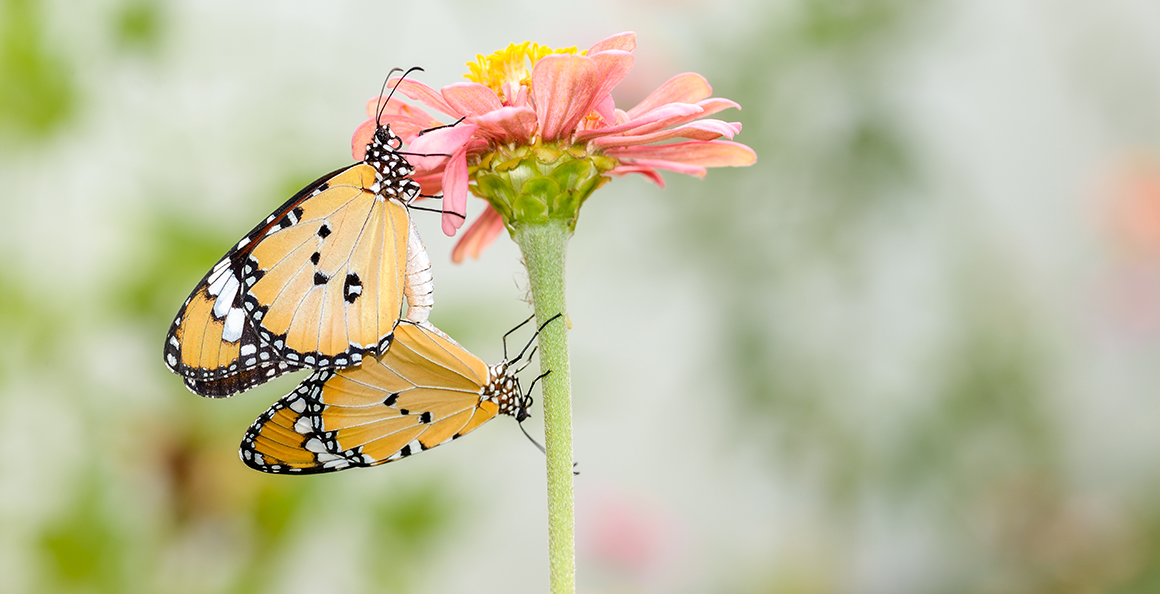

Don't miss a thing
Receive email updates about our news, science, exhibitions, events, products, services and fundraising activities. We may occasionally include third-party content from our corporate partners and other museums. We will not share your personal details with these third parties. You must be over the age of 13. Privacy notice.
Follow us on social media